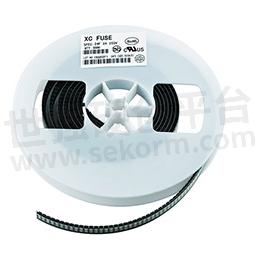Why do Fuses often Open when Turned on or just when the Power is Turned on

Most circuits generate an instantaneous surge current when the power is first connected. In capacitive or inductive circuits, this surge current is often many times, or even dozens of times, greater than the normal steady-state current. If the surge resistance of the fuse used in the circuit is not strong enough, the fuse will be blown off by high-energy surges. If the duration of this surge current is short and the energy released is insufficient to break the fuse, the fuse will not break and will only be damaged to a certain extent. It will only be broken after a certain number of surge impacts. Similarly, hot swapping of some plug-in components during the operation of the entire machine can generate large pulse currents.
At this time, if the fuse's pulse resistance is not strong enough, it will often be blown by the pulse. To avoid fuses being blown off by surges or pulse currents and unable to function properly, we need to choose the correct type of fuse and the appropriate fuse category based on the possible occurrence of surges or pulses in the protected circuit, such as surge resistant fuses or slow melting fuses. The melting heat energy index I2t of a fuse represents its ability to withstand surges, and the melting heat energy value of a slow blown fuse is many times larger than that of a fast blown fuse of the same specification.

Fig.1
- +1 Like
- Add to Favorites
Recommend
- The Difference between Fuses and Fuses
- Repair Methods for Fuses -0805 Fuses
- Guidelines for Selecting Self Restoring Fuses and Disposable Fuses
- The Price Trend and Future of Fuses
- What are the Differences in Performance and Applications between Slow Blown Fuses and Fast Blown Fuses?
- Why are Domestic Fuses Cheap?
- What is the Function of Fuses?
- Classification of Fuses
This document is provided by Sekorm Platform for VIP exclusive service. The copyright is owned by Sekorm. Without authorization, any medias, websites or individual are not allowed to reprint. When authorizing the reprint, the link of www.sekorm.com must be indicated.





























































































































































































































































































































































































































































































































































































































































































































































































































